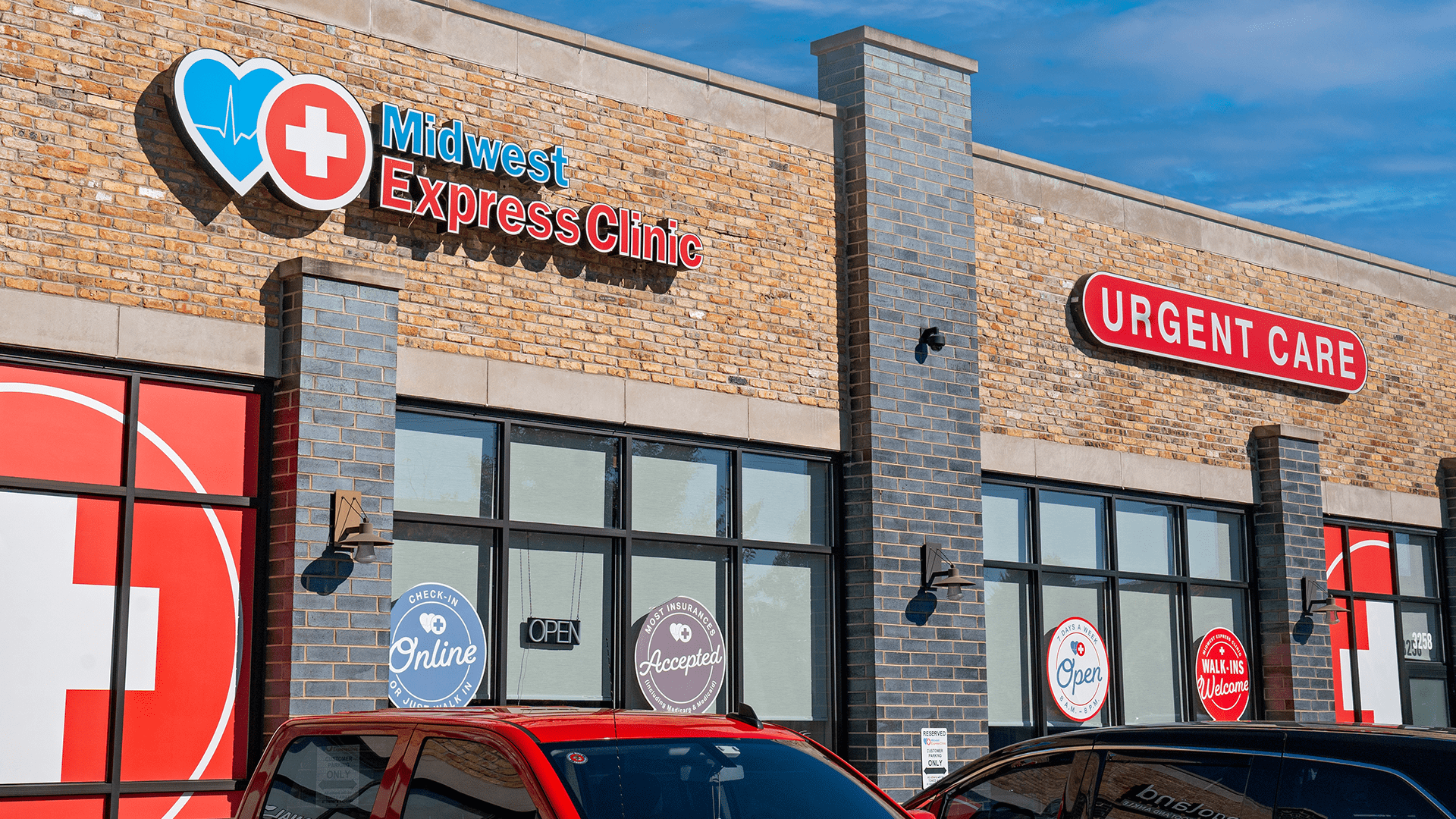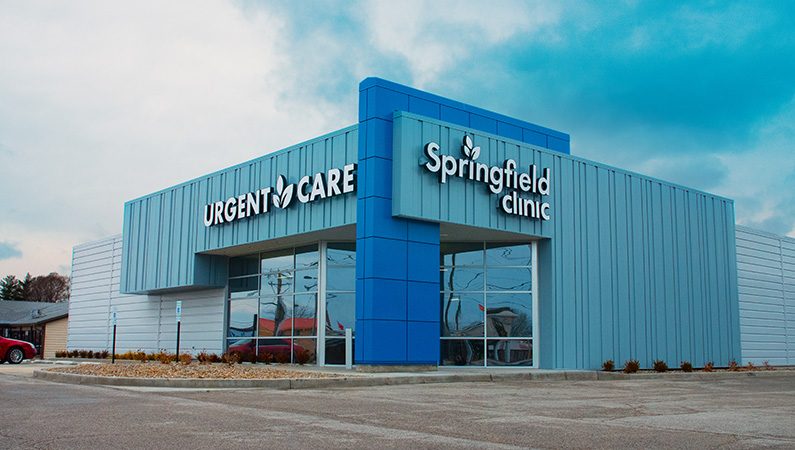Comparing Urgent Care Clinics: What Establishes Our Clinic Apart
Comparing Urgent Care Clinics: What Establishes Our Clinic Apart
Blog Article
Exactly How Urgent Care Clinics Enhance Access to Health Care for Sufferers With Immediate however Non-Emergent Medical Requirements
Urgent care clinics have actually arised as a vital element in the health care landscape, dealing with the needs of people that require immediate focus for non-emergent problems. By operating exterior of standard office hours and offering a structured technique to minor injuries and illnesses, these centers not only minimize the problem on emergency situation departments however additionally enhance overall person accessibility to timely treatment. As we take into consideration the ramifications of this model, it comes to be vital to analyze just how urgent treatment centers are changing individual experiences and outcomes in manner ins which merit additional exploration.
Function of Urgent Treatment Clinics
Urgent treatment centers play a crucial function in the healthcare system by providing easily accessible and immediate clinical solutions for non-life-threatening conditions. These centers act as a necessary bridge in between health care companies and emergency situation departments, successfully alleviating the problem on hospitals while making sure people receive prompt treatment. By running extended hours, consisting of nights and weekend breaks, urgent treatment facilities cater to individuals who might not have the adaptability to visit a conventional medical professional's workplace during conventional organization hours.
The range of solutions offered at urgent care centers consists of therapy for small injuries, illnesses, and diagnostic services such as X-rays and lab tests. This breadth of treatment enables individuals to resolve a variety of health concerns without the long wait times usually linked with emergency clinic. In addition, immediate treatment facilities often use a varied group of healthcare professionals, consisting of medical professionals, nurse practitioners, and physician aides, that are outfitted to take care of various clinical scenarios.
Benefits of Immediate Accessibility

Furthermore, instant access reduces the burden on primary treatment providers and emergency divisions by drawing away less crucial cases to appropriate setups. This eases congestion in emergency rooms, permitting those with real emergencies to receive the immediate care they need without unneeded delays.
Furthermore, the convenience of extensive hours and walk-in accessibility implies that patients can look for care without the demand for consultations, which is especially advantageous for people with unforeseeable schedules or those that may experience sudden health and wellness issues. - Urgent Care
The access of immediate care centers fosters an aggressive method to wellness, encouraging patients to look for medical recommendations and treatment faster as opposed to later on. This not only improves patient contentment but additionally promotes a society of preventive care, inevitably resulting in much healthier communities.
Contrast With Emergency Situation Spaces
Regularly, people find themselves uncertain whether to go to an urgent care center or an emergency situation space when encountered with a clinical problem. Immediate treatment centers are created to attend to non-emergent yet prompt clinical worries, such as small injuries, infections, or health problems.
On the other hand, emergency situation spaces are furnished to manage lethal scenarios and serious medical emergency situations, such as heart assaults, strokes, or major trauma. These centers use sophisticated diagnostic tools and professional appointments, which can bring about much longer wait times for clients with less crucial issues. Usually, emergency situation spaces tend to be extra pricey than urgent care facilities, making urgent care an extra economical option for non-emergent needs.
Inevitably, while both urgent treatment centers and emergency areas play crucial roles in the medical care system, comprehending their respective features allows people to select the appropriate setup based on the necessity and nature of their medical concerns.
Solutions Offered by Urgent Treatment
Immediate care facilities supply a wide variety of services customized to address non-emergent medical demands, making them a practical alternative for clients looking for prompt focus. These facilities are furnished to handle different problems, including minor cracks, sprains, and lacerations, which need prompt care however do not demand emergency clinic treatment.
Additionally, immediate treatment clinics use analysis services such as X-rays and lab examinations, enabling quicker assessment and therapy of ailments. Patients typically next existing with common ailments like colds, flu, and infections, which can be successfully taken care of on-site. Moreover, urgent treatment facilities regularly provide preventive services, including inoculations and wellness testings, adding to overall public health.
One more crucial service offered is the administration of chronic conditions aggravated by severe symptoms, such as asthma or diabetes mellitus, guaranteeing clients obtain prompt care without overwhelming emergency services. Numerous clinics also extend their hours past typical workplace timetables, improving availability for individuals who may require treatment throughout weekends or nights.
Improving Individual Results

Immediate treatment centers are geared up to handle a variety of non-emergent clinical problems, including small injuries, infections, and health problems. Their concentrate on available, high-quality treatment enables clients to receive ideal treatments and preventative services, cultivating much better health monitoring. Furthermore, these clinics usually utilize a multidisciplinary method, incorporating different medical care experts to guarantee thorough care.
Person education is additionally an essential part of improving end results. Urgent care providers often supply assistance on follow-up treatment, preventive procedures, and way of living modifications, encouraging patients to take an active function in their health. The mix of prompt access, expert care, and client education not just improves contentment yet additionally leads to improved long-term health outcomes, strengthening the value of urgent care centers in the health care continuum.
Verdict
In summary, immediate care clinics serve an essential function in enhancing medical care gain access to for patients with instant, non-emergent medical requirements. Ultimately, immediate care centers are important in linking the gap in between primary treatment and emergency solutions, ensuring effective and accessible health care for communities.
On average, emergency situation rooms have a tendency to be more costly than immediate care centers, making immediate care a much more cost-effective choice for non-emergent demands. (Urgent Care)

Ultimately, immediate treatment facilities are necessary in bridging the space in between primary care and emergency situation services, making sure reliable and available health care for areas.
Report this page